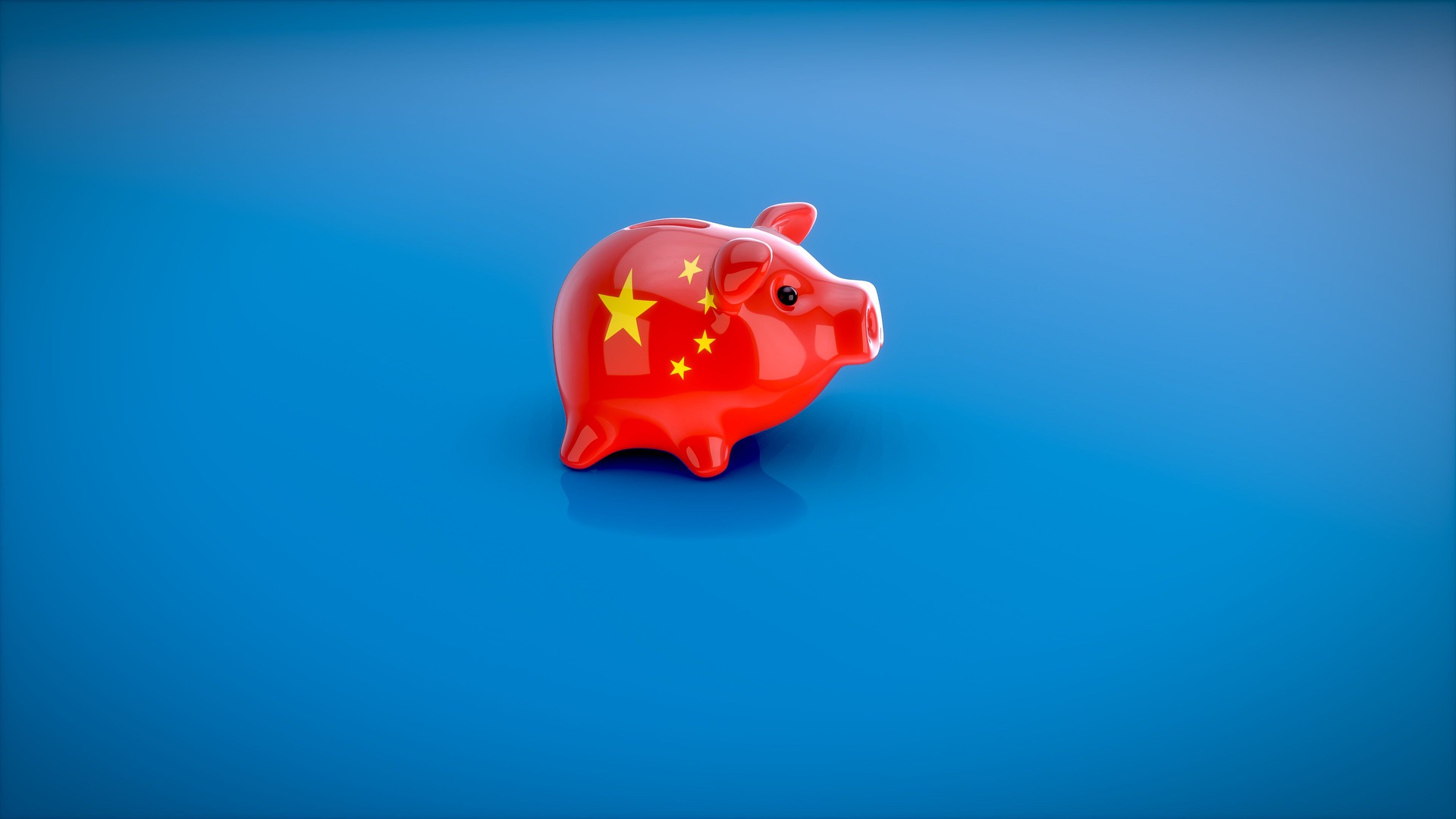 According to both China's Federation of Logistics and Purchasing and the National Bureau of Statistics, the Chinese non-manufacturing sector expanded at a quicker pace than expected. The Non-Manufacturing PMI stood at 55.2 in May, higher than April’s 54.9 and expectations of 52.7.
According to both China's Federation of Logistics and Purchasing and the National Bureau of Statistics, the Chinese non-manufacturing sector expanded at a quicker pace than expected. The Non-Manufacturing PMI stood at 55.2 in May, higher than April’s 54.9 and expectations of 52.7.
On the other hand, the manufacturing sector expanded at a slower pace than expected, with the Manufacturing PMI standing at 51, lower than April’s 51.1 and expectations of 51.1.
Apparently, those figures indicate that demand for manufactured products is still insufficient, despite consumer spending having already returned to pre-pandemic levels.
Some analysts warn that despite the Chinese economy seeming to leave behind the negative effects of the pandemic, the foundations of economic recovery are still not secure, given the rising raw material costs and the situation in the rest of the world.
“External demand will likely remain flat,” commented an analyst at ING, adding that the positive effects of the recovery in countries like the United States on Chinese export levels will be offset by increasing coronavirus cases in countries that are members of the Association of Southeast Asian Nations.
Despite being the virus’ place of origin, China has been relatively successful in terms of containing the pandemic, though many doubt the data the government is providing. Since the beginning of the pandemic, 91,099 cases have been reported in China, as well as 4,636 deaths. These figures are considerably lower than those of countries like the United States, which has registered 34,043,068 cases since the beginning of the pandemic as well as 609,544 deaths.
The Chinese economy was one of the few in the world that managed to grow last year, as its GDP rose by 2.3%. Just in the first quarter, the economy managed to expand by 18.3%, mainly driven up by an important increase in overseas demand and by strong domestic demand. This year, the GDP could expand between 7.5% and 8%, which would be the fastest pace since 2013.
Because the Chinese economy is already back to pre-pandemic levels, quarter-on-quarter growth for the rest of the year is expected to be relatively modest. This will, eventually, make monetary and fiscal policies come back to a more neutral stance, though taking special measures to help small and medium businesses is still not out of the root map.
There is currently a huge controversy concerning the origins of the COVID-19 virus. According to a study, the virus was man-made and produced in a Wuhan lab, and there is evidence to back such a claim. The US government has recently focused on questioning the Wuhan Institute of Virology's role and is currently demanding further investigation. The Chinese government is accusing its US counterpart of spreading conspiracy theories.


